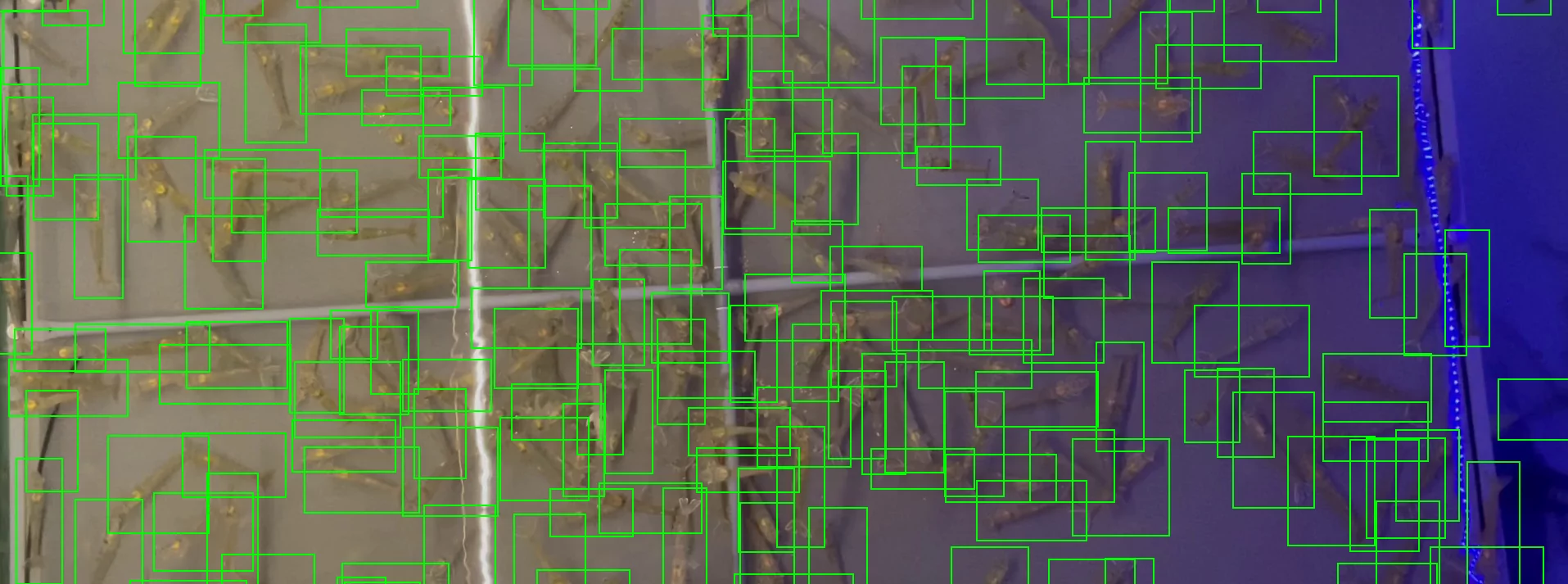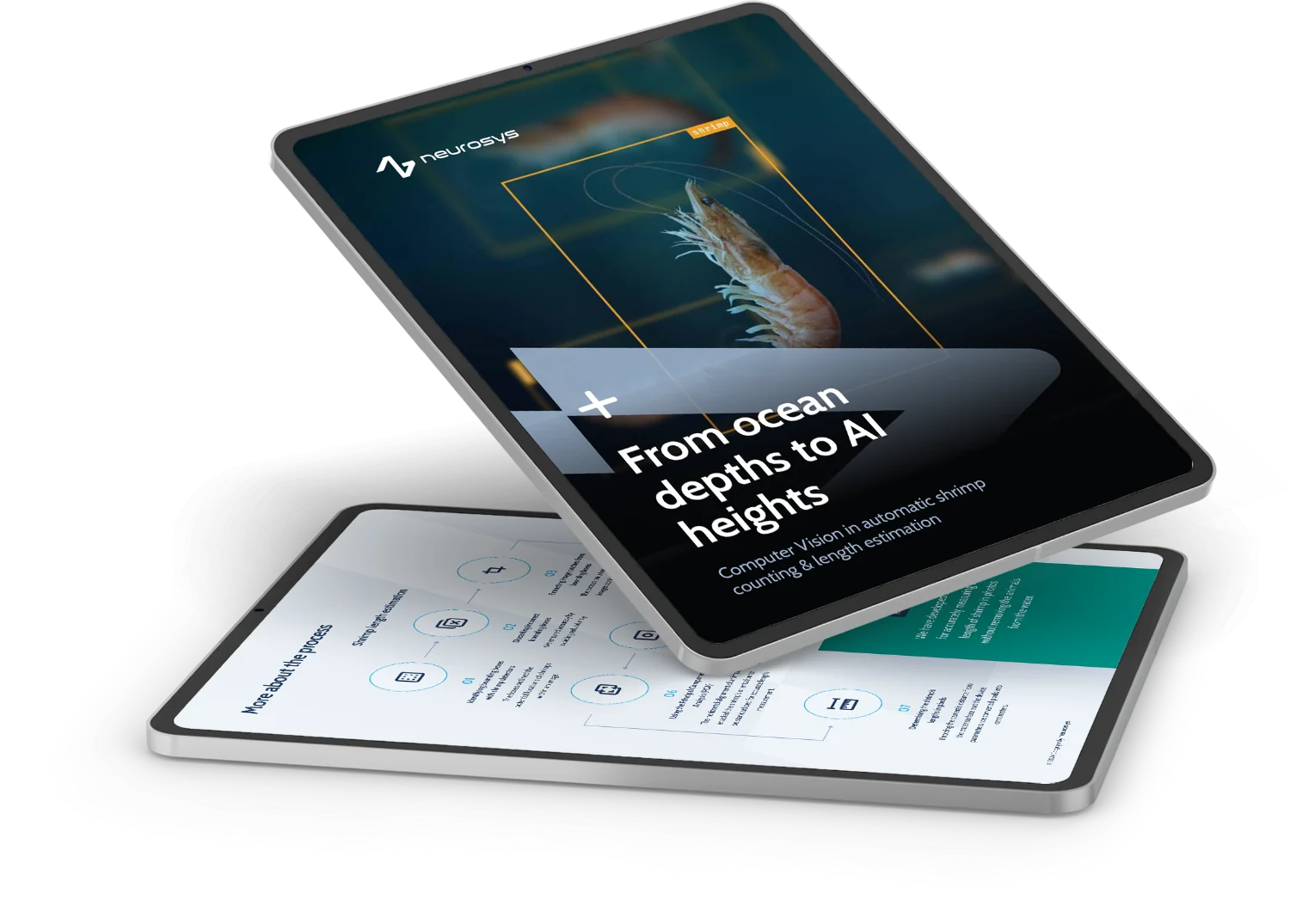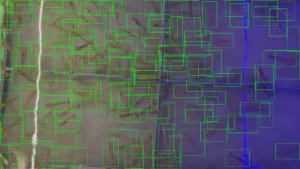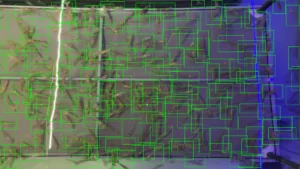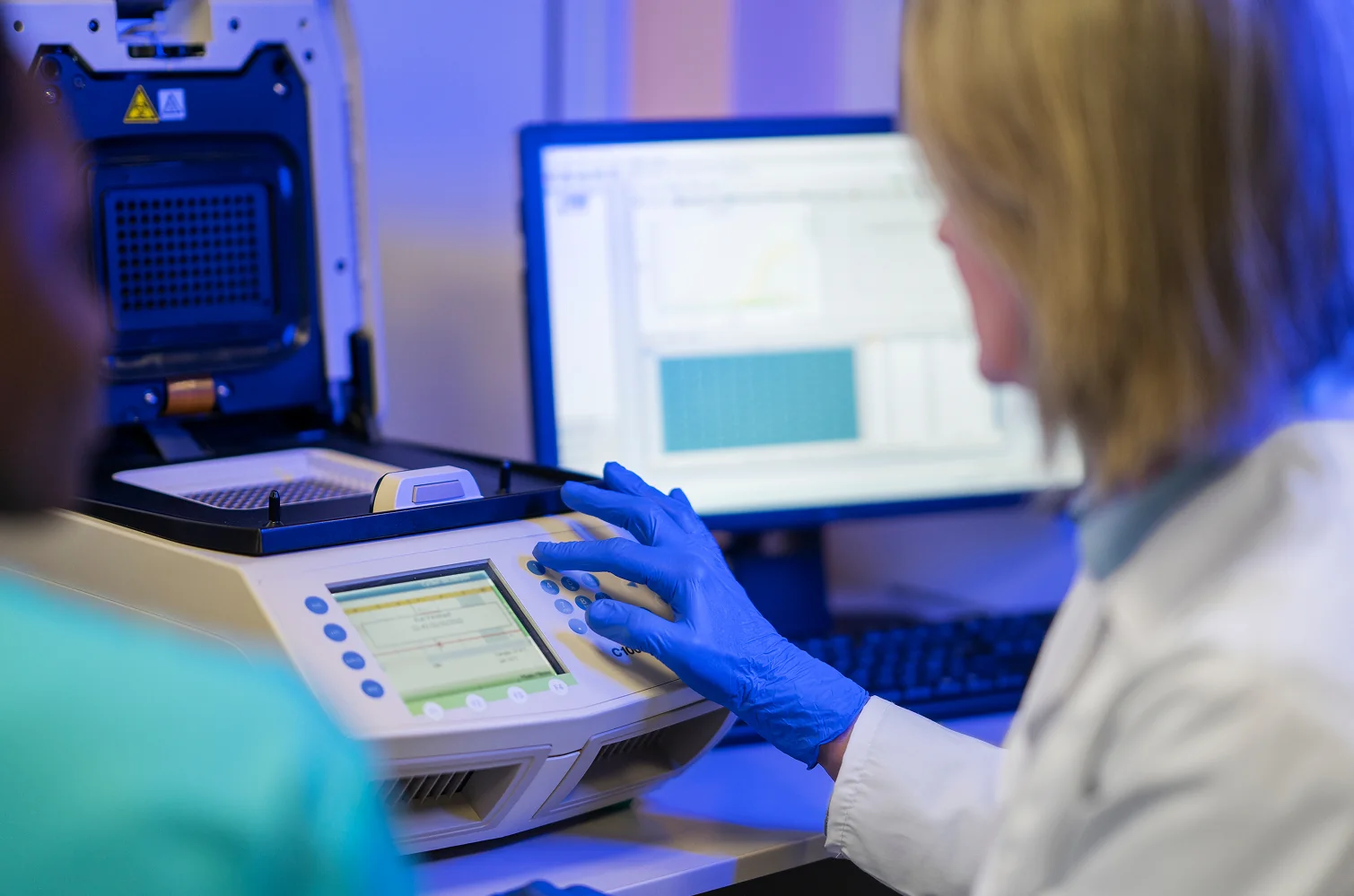Monitoring shrimp farms is crucial to deliver shrimps of satisfactory quality to customers, and to manage sales and contracting more effectively. Some of the indicators include shrimps’ growth rates, population size, biomass level, and health condition. However, current monitoring depends on manual sampling, which is susceptible to inaccurate measurements, stress brought on shrimps, and their physical damage.
Therefore, our goal was to develop a system to automatically estimate the number of shrimps without a need to remove them from their environment. The Proof of Concept is based on the Computer Vision deep learning models that are trained to predict the number of shrimps on an image obtained from an industrial shrimp farm setting. The system has a broad range of application in sustainable aquaculture and is not limited to the shrimp industry. The monitoring tool’s points of use do not end with a shrimp farm. Computer Vision models can be used in e.g. salmon fish farms, lobster farming, and estimating the number of farm raised clams, making it a versatile tool for sustainable aquaculture.
